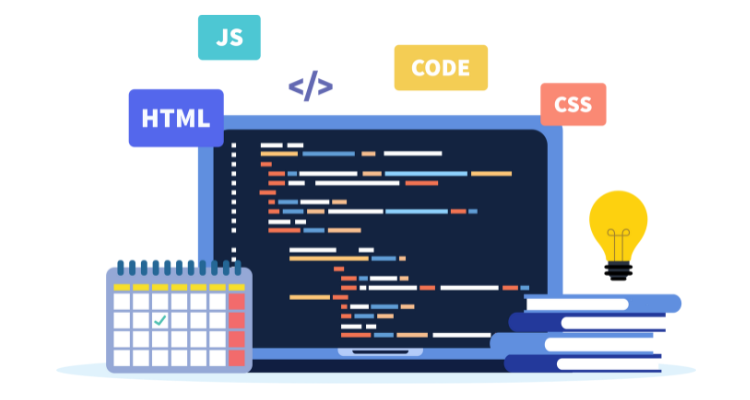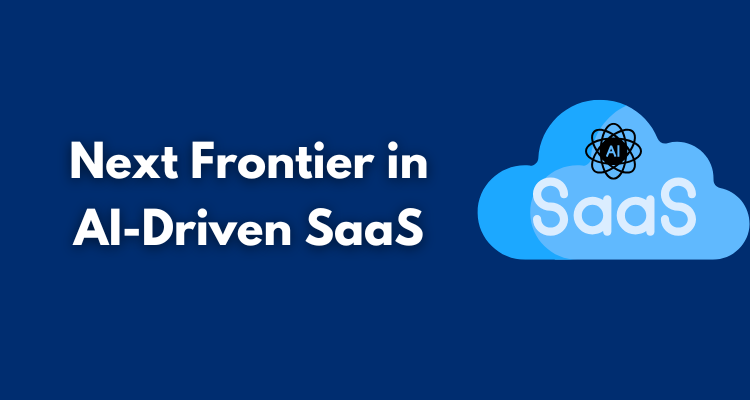The SaaS market has reached an interesting inflection point. While productivity tools and workflow automation dominate headlines, a quieter revolution is brewing in the language learning space.
AI-powered language platforms are transforming from simple vocabulary apps into sophisticated communication systems that could reshape how global businesses operate.
This isn’t about replacing traditional language learning methods. The opportunity lies in building enterprise-grade solutions that solve real workplace challenges for companies navigating an increasingly multilingual economy.
Table of Contents
ToggleThe Market Dynamics are Shifting

Traditional language learning software followed a consumer-first approach. Gamified lessons, streak counters, and bite-sized modules worked well for individual learners but fell short in professional contexts.
Today’s global workforce needs something different—contextual, industry-specific language training that adapts to real business scenarios.
Remote work has expanded talent pools beyond geographic boundaries, creating teams where English might be the common language, but isn’t everyone’s strength. Customer service teams field inquiries in dozens of languages.
Sales teams pursue opportunities in markets where cultural nuance matters as much as product knowledge. This shift in corporate communication needs has even sparked academic interest, inspiring new dissertation topics focused on AI-enhanced language training and cross-cultural team dynamics.
Companies are spending heavily on translation services, cultural consultants, and language training programs that often deliver inconsistent results. The fragmented nature of current solutions creates gaps that AI-driven platforms are uniquely positioned to fill.
Where AI Changes Everything

Machine learning has reached a sophistication level that makes real-time, contextual language coaching possible. Natural language processing can now understand intent, emotion, and cultural context—not just translate words. Speech recognition technology handles accents and regional variations with remarkable accuracy.
These advances enable features that weren’t feasible even two years ago. AI tutors can simulate realistic business conversations, provide instant feedback on pronunciation and grammar, and adapt lessons based on learning patterns. The challenge for businesses is finding the right online language tutor that combines advanced AI capabilities with human insight to address specific professional communication needs.
Consider a customer service representative handling a complex complaint from a Spanish-speaking client. An AI language assistant could provide real-time coaching on appropriate phrases, cultural considerations, and tone adjustments—all while the conversation is happening. This level of integration transforms language learning from a separate training activity into embedded workplace support.
The Enterprise Opportunity
SaaS developers have learned that horizontal solutions often struggle to gain traction against vertical specialists. The same principle applies to language learning. Generic platforms serve general audiences, but specialized solutions for specific industries command premium pricing and deeper integration.
AI-powered platforms can deliver hyper-personalized learning, adjusting content to individual learner needs, professional goals, and real-time performance. Adaptive learning systems are now widely used to tailor language education for both personal and enterprise users.
Healthcare organizations need medical terminology training for multilingual staff. Financial services require compliance-aware communication coaching. Manufacturing companies want safety-focused language programs for diverse factory teams. Each vertical presents unique requirements that general-purpose platforms can’t address effectively.
The enterprise buying process also differs significantly from consumer adoption. With 70% of corporate training programs expected to incorporate AI by 2025, companies are actively seeking measurable outcomes—improved customer satisfaction scores, reduced miscommunication incidents, faster onboarding times for international hires. They want dashboards, analytics, and integration capabilities that consumer apps simply don’t provide.
Building for enterprise buyers means focusing on implementation support, security compliance, and scalability. It also means pricing models based on business value rather than individual subscriptions.

Integration Creates Competitive Moats
The most successful AI language learning platforms won’t exist in isolation. They’ll integrate deeply with the tools companies already use. For SaaS startups entering this space, understanding how to grow online without a blog or budget becomes crucial when competing against established players with larger marketing resources.
Slack integration for real-time translation and grammar checking, Zoom plugins for accent coaching during video calls, and CRM connections that help sales teams understand cultural context for international prospects all provide pathways to organic growth through product-led strategies.
These integrations create switching costs that protect market position. When language learning capabilities become embedded in daily workflows, replacing them requires changing multiple systems and retraining entire teams. This stickiness is particularly valuable in enterprise markets where customer acquisition costs are high.
API-first development allows SaaS companies to become infrastructure providers for other platforms. A project management tool could integrate AI language coaching for international teams. A recruiting platform could offer language assessment capabilities. An e-learning system could add contextual language support to existing courses.
Cultural Intelligence as a Differentiator
Language learning is inherently cultural. Grammar rules and vocabulary matter, but understanding when to use formal versus informal language, recognizing cultural taboos, and adapting communication styles for different audiences often determine business success.
AI systems can now process cultural context at scale. They can recognize that a direct communication style might work well with German colleagues but could be perceived as rude in Japanese business settings. They can suggest appropriate greetings, meeting protocols, and follow-up strategies based on regional norms.
This cultural intelligence component represents a significant opportunity for SaaS developers. Companies struggling with cross-cultural communication often spend heavily on consulting services and cultural training programs. Platforms that combine language learning with cultural coaching can capture a larger share of corporate training budgets.
Technical Considerations for Success
Building effective AI language learning platforms requires addressing several technical challenges. Speech recognition must handle diverse accents without bias. Natural language generation needs to produce contextually appropriate responses, and developers often need to evaluate solutions through an AI-to-Human converter tool review process to ensure output quality meets human communication standards. Machine learning models require training data that represents global linguistic diversity.
Latency matters significantly for real-time coaching features. Users won’t tolerate delays when they need immediate language support during live conversations. Edge computing and optimized models become critical for delivering responsive experiences.
Privacy and security concerns also require careful attention. Enterprise customers need assurance that sensitive business conversations used for training purposes won’t be compromised. Compliance with international data protection regulations becomes increasingly complex when serving global customers.
The Path Forward
The language learning SaaS opportunity is substantial, but execution challenges are real. Success requires understanding both the technical capabilities of modern AI and the practical needs of global businesses.
Companies that combine strong AI capabilities with deep industry knowledge and robust integration strategies will capture the most value. The market is large enough to support multiple successful platforms, especially those focused on specific verticals or use cases.
For SaaS developers looking beyond saturated productivity markets, AI-powered language learning represents a compelling growth opportunity. The convergence of technological capability, market need, and enterprise buying power creates conditions for building substantial, defensible businesses.
The question isn’t whether AI will transform language learning—it already has. The question is which companies will build the platforms that capture this transformation’s business value.









